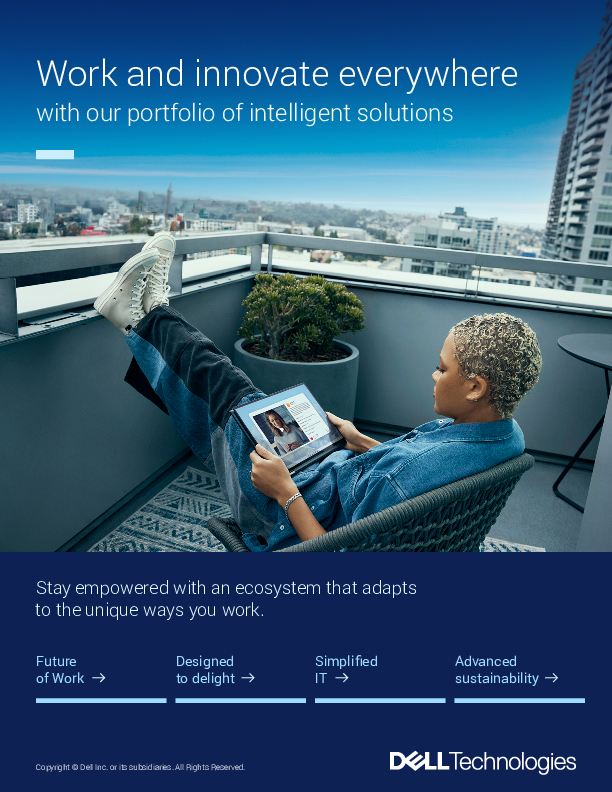

Dell Monitor Productivity Study: Examining The Effects Of External Monitors On Remote Worker Productivity
There has been a dramatic rise in the number of remote workers over the last decade and a half. Recent global events have forced a rapid boom in the number of remote workers, many of whom may remain so permanently. A number of surveys from around the globe have determined that many companies will likely transition some of their previously on-site workforce to permanent remote work positions.
Remaining productive while working from home can be a major challenge for some users, who are not accustomed to performing their duties under less than optimal conditions. It is not uncommon for on-site workers to have access to powerful desktop systems, docking stations, and multiple monitors, but when working from home these same users are relegated to their laptop alone. When users are forced to be productive on relatively small, single laptop displays, and cramped laptop keyboards and touchpads, they often have to make unfortunate trade-offs that may hinder productivity. For example, users may have to bounce between open applications and windows, or shrink down their application windows to fit alongside each other on a laptop display, which often necessitates additional scrolling and sub-optimal ergonomic conditions. These trade-offs are mitigated when large or multiple external monitors and proper input devices are connected, which enable easier viewing and navigation of multiple applications, simultaneously. Ideal placement and positioning of the monitors can also alleviate many ergonomic issues.
With that premise in mind, we set out to measure the potential productivity gains that can be realized by attaching full-sized input devices, i.e. a keyboard and mouse, and various monitors, to a mainstream, business-class notebook.









